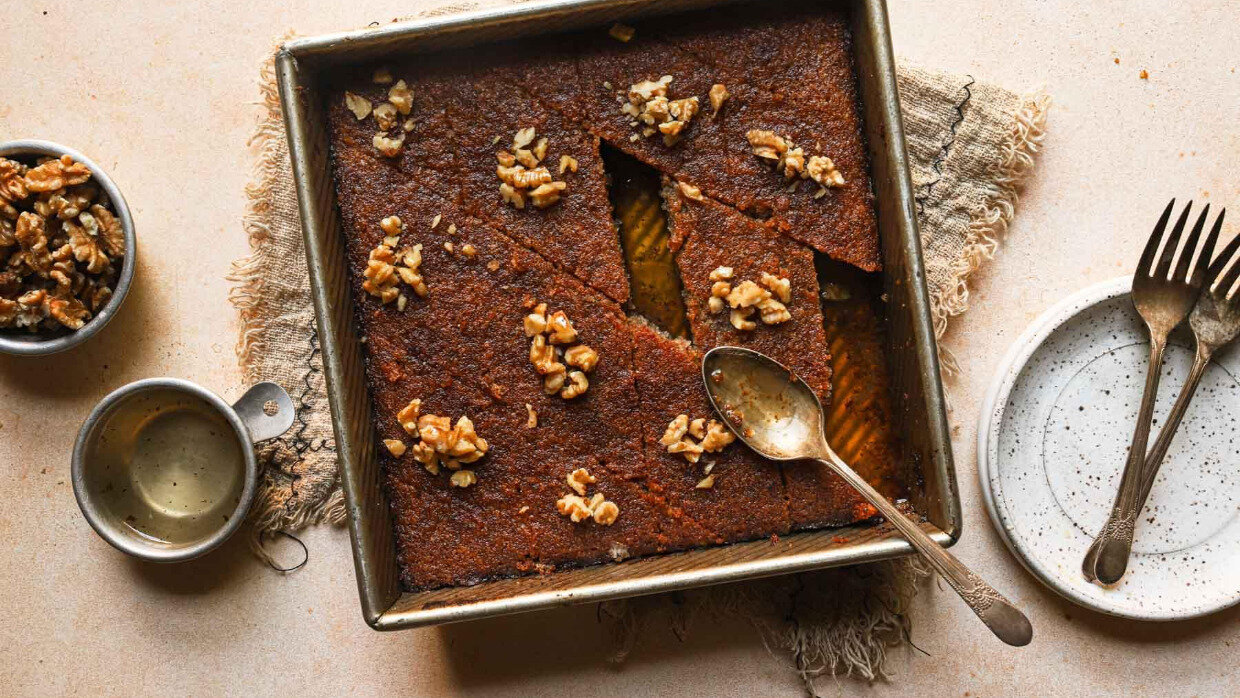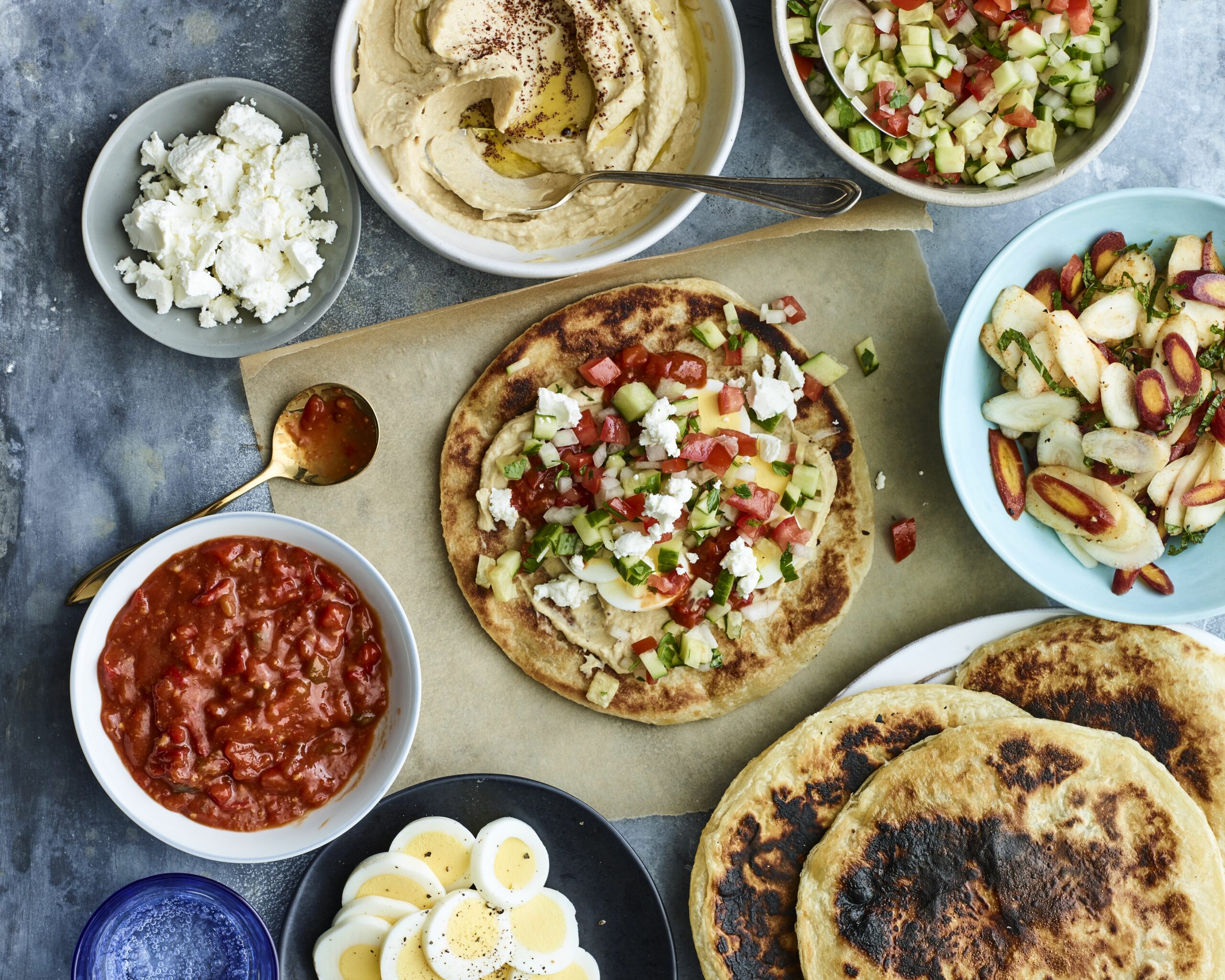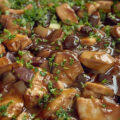If you're a foodie, chances are you've heard of falafel, hummus, and shakshuka. Middle Eastern dishes have quietly become some of the most popular in the Western world. But have you ever heard of jachnun, kubaneh, or malawah? These are just a few of the dishes that make up Yemenite Jewish cuisine - a lesser-known but equally delicious culinary tradition that is sure to tantalize your taste buds.
The Humble Origins of Yemenite Jews
Last year in a UN report on minorities in Yemen, it was found that there is only one Jewish person remaining in Yemen. At its peak of 300,000, Yemenite Jews helped shape the culture and cuisine of an entire nation. How did we get here though? What happened to all the Yemenite Jews?
The Yemenite Jewish population trace their roots all the way back to Biblical times. Yemen is mentioned in Jewish scriptures several times. It is noted as the place of origin of Job’s friend Eliphaz. Additionally, in the Book of Kings, the Queen of Sheba is said to have heard about King Solomon from Jews in Yemen, which was located near the kingdom of Sheba.
The story goes that more than three thousand years ago, King Solomon dispatched soldiers from Jerusalem to the southern tip of the Arabian Peninsula to protect the valuable spice caravans that were traveling through the Land of Sheba. Knowing that they would probably never be able to return to Israel, the soldiers set off with their wives and children and settled in Yemen.
Due to Yemen’s distance from Israel and most of the other centers of Jewish life, the Jews of Yemen were cut off, not only from their Jewish brothers and sisters but, for all practical purposes, from the rest of the world as well.
The King and Queen of Israeli Pastries

Go to any shuk or market in Israel, and you’re bound to find a small bodega serving a flaky flatbread that looks like a flattened croissant (in the most delicious way possible). Malawach is a rich and chewy crispy bread made by layering buttery crepes on top of each other. This flaky flatbread only needs a few seconds in a hot frying pan to display its puffy layers of dough and clarified butter. Many like to spread labneh, cream cheese, honey or at places like Jachnun Bar in Machane Yehuda where they fill it with various toppings and roll it up.

Malawach’s trusty counterpart, Jachnun, is cylinder-shaped and darker in color. In jachnun, you find a greasy, hearty, and heavy flavor with a sweet caramelized taste.
Jachnun is made by layering thin sheets of dough with butter or oil and then baking it overnight in a low-temperature oven. The result is a crispy, flaky pastry that is usually served on Sabbath mornings with grated tomatoes, a hard-boiled egg, and Schug - a spicy Yemenite spread made with chili peppers, garlic, and cumin.
The Staples

Another popular Yemenite Jewish dish is kubaneh - a savory bread that is typically eaten for breakfast on Shabbat as well (it definitely begs the question how they even got to Shabbat afternoons). Kubaneh is made by slow-cooking a dough made with flour, yeast, and butter overnight in a covered pot. The result is a soft, buttery bread that is perfect for pulling apart and dipping in a variety of sauces and spreads.
Another Yemenite staple, Lachuch, is almost like a soft savory pancake, producing a soft and spongy round bread. Similar to injera, the Ethiopian bread, lachuch is traditionally cooked up in giant frying pans and is eaten alongside spreads and salads.
Get invited to Shabbos dinner at a Yemenite home and your likely to be greeted by a comforting bowl of Marak Temeni or Yemenite Soup. At the heart of yemenite soup is hawaij, a special yemenite spice blend mixed with beef or chicken broth, vegetables, typically chicken (since beef was hard to come by) and marrow bones.
There’s also Fatoot, aka Yemenite matzo brei is made by breaking off a few pieces of flaky malawach or saluf into a mixture of beaten eggs and let it crisp up in a pan of clarified butter. Prepare yourself a plate of Fatoot and you’re eating the same meal thousands of Yemenite jews enjoy after Jewish fast days like Yom Kippur.
Then there is Hilbeh, you either love it or you hate it. Made from soaking ground fenugreek in water overnight, then blending it with garlic, lemon, and cilantro to make for a smooth and creamy sauce enjoyed alongside any of the aforementioned breads. It has a funny, almost gooey texture and a very unique flavor.

While most Yemenite cuisine focuses on savory pastries and dishes, they also have several sweet treats for your sweet tooth. Take melt-in-your-mouth Nayim, a cardamom-scented butter cookie. Or if you’re really looking for some sugary goodness there’s Basbusa, a semolina flour cake that is soaked in syrup.
Yemenite Jewry Today
Despite their isolation from the rest of the world, the Yemenite Jewish community maintained their Jewish customs and practices for over two millennia. In 1950 a huge rescue mission known as Operation Magic Carpet brought thousands of Yemeni Jews to Israel, with the rest of the Yemenite Jews being brought to Israel a few years later during "Operation Magic Carpet 2," another highly classified operation.
While in Yemen, Jews experienced more than their fair share of hardship throughout the millennia, which eventually led to them coming to Israel. However, when the Jews of Yemen arrived in Israel, they brought with them an ancient and sophisticated culinary tradition. And much of what they brought has become part of the everyday fare that can now be found throughout Israel. The story of Yemenite Jewish cuisine is a unique one and provides some meaningful context next time you take a bite of flaky Jachnun or crispy Malawach.

















